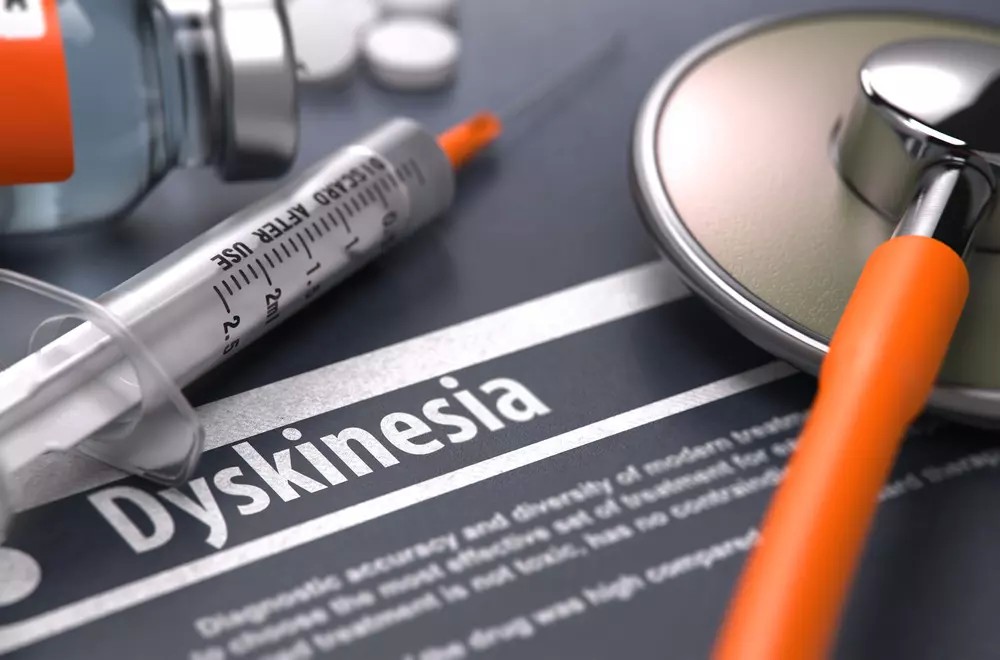Tardive dyskinesia is a serious and often uncomfortable condition characterized by involuntary movements, primarily in the face and body. It’s vital to grasp the dynamics of this disorder before it's too late. Let’s delve deeper into understanding the symptoms of tardive dyskinesia and how you can recognize them in their early stages to seek timely intervention.

What is Tardive Dyskinesia?
Tardive dyskinesia (TD) is a neurological disorder that occurs as a potential side effect of long-term use of antipsychotic medications, typically prescribed for conditions like schizophrenia, bipolar disorder, and severe depression. These medications work by altering neurotransmitter levels in the brain, specifically dopamine, which in turn can lead to involuntary muscle movements. Understanding the broad spectrum of symptoms associated with tardive dyskinesia can help in early diagnosis and management of the condition.
Causes of Tardive Dyskinesia
Tardive dyskinesia is primarily caused by the long-term use of antipsychotic medications, especially first-generation or typical antipsychotics. These medications interact with dopamine—a brain chemical involved in movement control—and prolonged interference can lead to TD. The pathophysiology behind tardive dyskinesia is not entirely elucidated but is believed to involve dopamine receptor supersensitivity and neurotoxicity in the basal ganglia, areas of the brain responsible for movement regulation.
Several risk factors elevate the likelihood of developing TD:
- Duration of Medication Use: The longer you are on antipsychotic medication, the greater the risk of developing tardive dyskinesia.
- Age: Older individuals, particularly those over 60, are at a heightened risk.
- Drug Type: First-generation antipsychotics are more likely to cause TD compared to their newer counterparts, second-generation antipsychotics.
- Underlying Medical Conditions: Those with diabetes or a history of substance abuse may have an increased vulnerability.
You can find more detailed information on the causation and treatment of tardive dyskinesia at Healthline.
Symptoms of Tardive Dyskinesia
Recognizing the symptoms of tardive dyskinesia is crucial for early intervention. The hallmark of this condition is involuntary, repetitive movements often seen in the lower face, such as:
- Facial Movements: This includes rapid blinking, lip-smacking, lip-pursing, grimacing, and tongue protrusion.
- Body Movements: Involuntary jerking or twisting of the arms, legs, and trunk can occur.
- Breathing and Vocal Symptoms: Some may experience irregular breathing patterns or vocal tics.
Symptoms can vary in intensity and may be exacerbated by stress or anxiety. Often, these involuntary motions are subtle in the beginning and progressively worsen if left unmanaged. However, the degree of disability varies widely among individuals.
For a thorough insight into early TD symptoms and signs, visit Verywell Health.
Diagnosis and Evaluation
Diagnosing tardive dyskinesia involves a comprehensive evaluation of the patient's medical history, medication use, and symptom analysis. Healthcare providers may perform neurological examinations to assess movement disorders. Detailed patient interviews and observational assessments play a critical part in diagnosing the condition.
Clinicians utilize specific diagnostic tools and scales, such as the Abnormal Involuntary Movement Scale (AIMS), to quantify the extent of involuntary movements. Since tardive dyskinesia shares symptoms with other movement disorders, an accurate diagnosis is crucial for effective management. Doctors often reassess medication regimens and may trial alternative treatments to minimize symptoms and their impact on the patient's quality of life.
Empower Yourself with Knowledge
Understanding tardive dyskinesia empowers patients and caregivers to make informed decisions about treatment options and lifestyle modifications. Awareness and education play pivotal roles in the early recognition and intervention in managing TD, ultimately improving patient outcomes.
Patients should maintain open communication with healthcare providers, report new or worsening symptoms promptly, and discuss possible medication adjustments. Coping strategies, such as stress management techniques, physical therapy, or occupational therapy, can be invaluable adjuncts to medical treatment.
For guidance on treatment options for tardive dyskinesia, visit PubMed.
Conclusion
Tardive dyskinesia is a complex and often life-altering condition. By familiarizing yourself with the symptoms and causes, you can take a proactive approach to your health. Early diagnosis is crucial for preventing the progression of symptoms, and working closely with your healthcare team ensures you receive the most effective treatments available. Embrace the power of knowledge and actively engage in managing your condition to maintain a high quality of life.



